Designing for the laser cutter
From MakeICT Wiki
Revision as of 16:48, 11 January 2016 by Dominic Canare (talk | contribs) (Created page with "== Recommended Software == The LaserCut software is quirky, prone to crashes, and only available as a demo version on most computers. It is recomme...")
Contents
Recommended Software
The LaserCut software is quirky, prone to crashes, and only available as a demo version on most computers. It is recommended that design work be done in a separate application, and as few steps as possible are taken within the LaserCut software.
- Inkscape is illustration software for creating or modifying vector images. It's like the 100% free and open source cousin of Adobe Illustrator. Inkscape can be used to create designs that can include both etches and cuts in a single file.
- GNU Image Manipulation Program (GIMP) is photo-editing software for creating or modifying raster images (jpg, png, bmp, etc). It's like the 100% free and open source cousin of Adobe Photoshop. GIMP can be used to create etch designs only.
Rasters
LaserCut can be used to etch raster images (jpg, png, bmp, etc) with some caveats:
- LaserCut will accept a full-color image, but will process it as a black-and-white.
- In other words, LaserCut will not scale the power of the laser according to the brightness or darkness of each pixel. As it scans your raster, it will either fire the laser at the power specified or not at all
- No, it doesn't work on grayscale images either.
- Transparency = black. Don't waste your time trying to be fancy with opacity in PNG's or GIF's - it won't work.
- For the best (and most predictable) results,
- Scale up your image
- In GIMP, select Image > Scale...
- I'd recommend 300dpi. You'll need to know your desired physical size and do the math to figure out how many pixels that is
- And convert your image to a black-and-white dither
- In GIMP, select Image > Mode > Indexed...
- Select "Use black and white (1-bit) palette"
- Set "Color dithering" to your desired effect (probably something besides "None").
- Scale up your image
- Rasters can be set to different layers just like any other shape in LaserCut (pick the raster, then pick a color). The outline of the raster when it's not selected indicates its layer.
Dither examples
| Size | No dither | Floyd-Steinberg (normal) | Floyd-Steinberg (Reduced) | Positioned | Original |
|---|---|---|---|---|---|
| Regular | 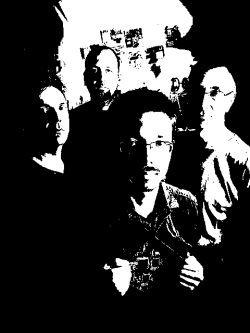 |
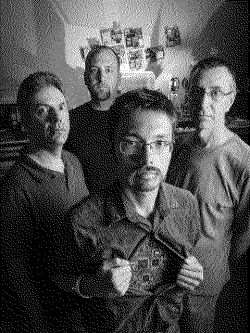 |
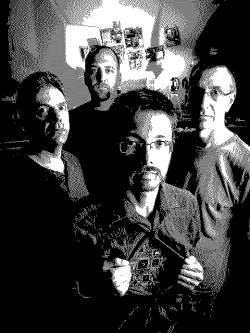 |
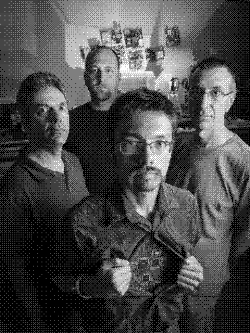
|
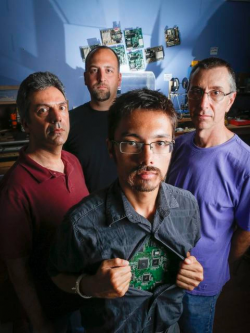
|
| 2x scaled | 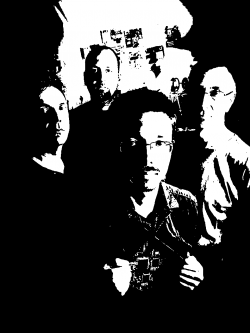 |
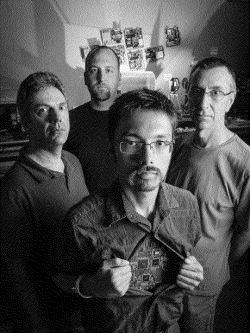 |
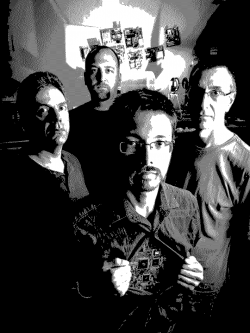 |
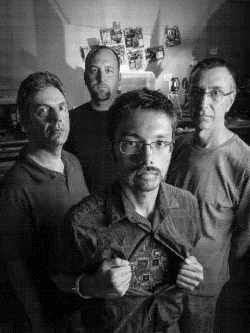
|
DXF export from Inkscape
- Inkscape can generate DXF files, which can be imported into LaserCut
- Always save your file as .SVG - this is the native file format for Inkscape and preserves data
- When exporting a DXF,
- Select File > Save a copy...
- Set the file type to "Desktop Cutting Plotter (AutoCAD DXF R14) (*.dxf)"
- Uncheck ROBO-Master and LWPOLYLINE
- Set the Base unit to 'mm'
- Layer export works as expected
Layer support
- The Inkscape DXF export can generate separate layers when imported into LaserCut
- The COLOR of the STROKE is used as the layer color when importing to LaserCut, but the stroke style, stroke width, and fill color has no impact.
- While the LaserCut software supports 40 distinct layers, only 7 are supported with the DXF import.
- For convenience, save this LaserCut DXF Palette in your Inkscape palette's folder
- In Linux (and probably Mac?), that's ~/.config/inkscape/palettes
- In Windows, it's %appdata%\Inkscape\palettes
- If no stroke is configured for a shape, it will default as black.